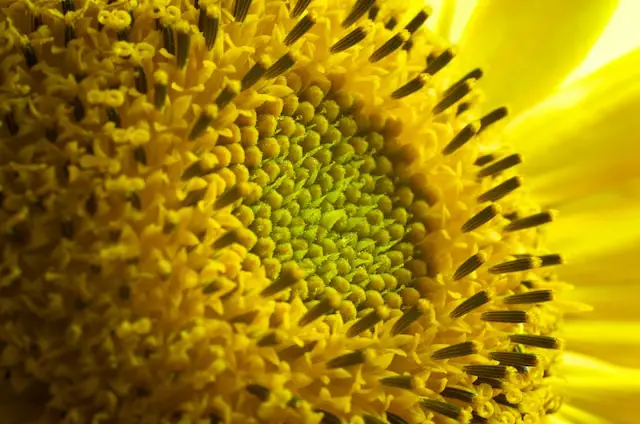In the world of culinary delights, cooking oil is a ubiquitous ingredient, lending its magic to a wide range of dishes. But have you ever wondered about the color of this essential cooking companion? Cooking oil comes in a fascinating array of hues, from light greenish yellow through canary or amber yellow to brown or deep red. In this article, we’ll delve into the mesmerizing palette of cooking oil, exploring the reasons behind its diverse colors and what they signify.
Cooking oil’s colors range from light greenish yellow to deep red due to carotenoid chemicals in plant seeds used for oil production. Darker colors may suggest spoilage from heat or contaminants, while a light yellow hue indicates optimal freshness for vegetable oil in culinary use.
The Many Shades of Cooking Oil
Cooking oil is usually green or yellow in color, ranging from canary yellow to yellow or claybank and even pale-yellow to deep-green. It’s essential to note that not all cooking oils are the same color. Different types of oils derived from various sources may vary in color, so don’t be surprised if your olive oil looks different from your corn oil!
The Carotenoid Connection
The vivid yellow or green hues in cooking oil are little colored wonders brought about by the presence of carotenoid chemicals in the seeds of the plants from which the oil is extracted. Carotenoids are pigments responsible for the bright colors in fruits and vegetables, such as carrots and tomatoes. These pigments are particularly abundant in certain plants used for oil production, like palm fruits and olives. Hence, the yellows and greens in your cooking oil are all thanks to these fantastic carotenoids!
The Deep Red Mystery
Some cooking oils, especially those derived from palm fruits, may exhibit an orange-red color, which adds a splash of vibrant brilliance to your kitchen. The deeper red hues are also caused by carotenoids, specifically a type called “lycopene.” This compound not only imparts a rich color but also offers health benefits due to its antioxidant properties.
Beyond Color: Texture and Smell
Apart from its color, cooking oil has a unique texture that can range from thin and watery to thick and viscous, depending on the type of oil and its processing. Additionally, each oil boasts its distinct smell, which can be anything from light and neutral to robust and nutty. These attributes can significantly influence the taste and aroma of the dishes you prepare.
Why is Cooking Oil Yellow?

As mentioned earlier, the primary reason cooking oil exhibits shades of yellow or green is due to the carotenoid chemicals in the seeds of the plants from which the oil is extracted. These pigments get carried over during the oil extraction process, resulting in the characteristic coloration.
Why is Cooking Oil Brown?
While yellow and green are the most common colors, you might come across cooking oil that is brown or deep red. This change in hue occurs when cooking oil is exposed to high heat or prolonged use. The components of the oil can react with the food particles and air, leading to the development of darker colors. This is more common in oils used for deep-frying, as they are subjected to higher temperatures for extended periods.
What Colour Should Vegetable Oil Be?
For cooking purposes, the preferable color of vegetable oil is a light yellowish hue. This indicates that the oil is fresh and hasn’t undergone extensive exposure to heat or contaminants. However, it’s important to note that the color may vary slightly between different batches and brands due to variations in the sourcing and processing methods.
Is Dark Oil Normal?
If you notice that your cooking oil has taken on a dark color, it usually indicates that your oil has been exposed to dirt or dust contaminants that lead to a soot build-up. While this doesn’t necessarily mean the oil is spoiled, it’s best to exercise caution and consider changing the oil if it appears excessively dark or has an unpleasant smell.
Conclusion
In conclusion, cooking oil comes in a fascinating array of colors, from the mesmerizing light greenish yellow through canary or amber yellow to the deep reds of certain oils. The hues are primarily a result of the presence of carotenoid chemicals in the seeds of the plants from which the oils are derived. While yellow or green is the desired color, darker shades can develop due to exposure to heat and contaminants. So, the next time you’re in your kitchen, take a moment to appreciate the remarkable spectrum of hues in your cooking oil as you whip up culinary wonders. Happy cooking!
